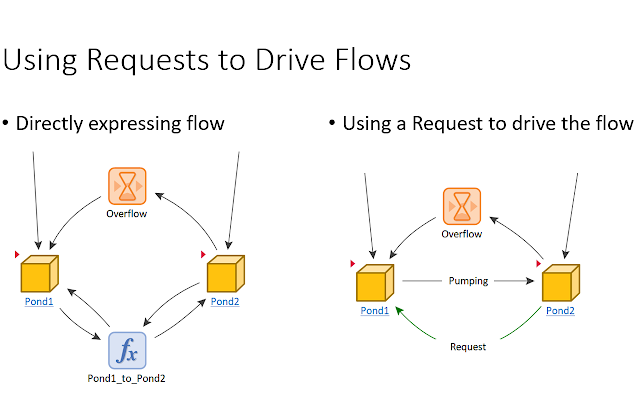Posted by
Jason Lillywhite
Safely isolating high-level radioactive waste for millennia requires more than just deep geological disposal; it relies on a "multi-barrier" approach. This involves several layers of protection designed to contain the hazardous waste. Key components are the "engineered barriers," which are man-made structures placed within the repository. These can include the waste's immediate disposal container, the surrounding structure often called a silo, and robust materials like concrete used extensively within the repository environment. These work together with the natural geological barrier (the surrounding rock) to prevent or slow the release of radioactive materials.
Today, I want to showcase a study evaluating scenarios for a radioactive waste repository using GoldSim. This study was presented at the recent GoldSim 2024 User Conference. It looks at the long-term durability of concrete and how its deterioration might affect the overall safety of these facilities over vast timescales.
This study, by researchers at Chosun University, explores how dynamic, probabilistic simulation can help predict the performance of these engineered barriers. Ensuring the long-term safety of high-level radioactive waste disposal requires understanding complex phenomena, and GoldSim provides a powerful way to evaluate potential scenarios.
Here's a visual representation of the kind of post-closure scenario they're modeling, showing how groundwater might interact with the repository barriers:
Figure 1: Disposal facility post-closure performance modeling evaluation scenario
Read on to explore how they combined experimental data with GoldSim modeling to assess the impact of concrete degradation.
















.jpg)


